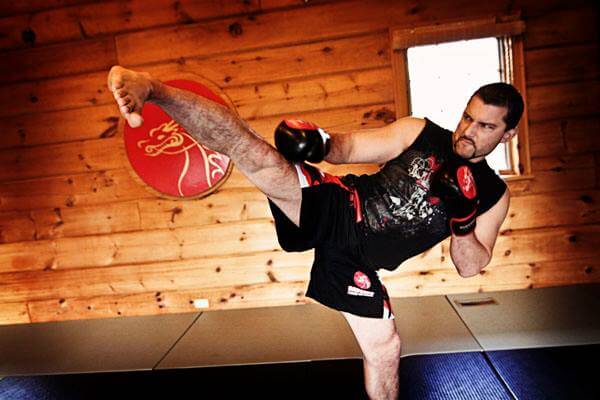Awesome Knowledge You Can Learn From Studying Martial Arts

VIDEO: Awesome Review on Martial Arts Traditions. Watch video below…
There is a great diversity and abundance of martial arts but, broadly speaking, martial arts share a common goal: to defeat a person physically or to defend oneself from physical threat.
Includes various Martial Arts techniques and fighting styles. Very few characters should be categorized directly under Martial Arts. Whenever possible, characters should be categorized under the sub-category of the martial arts form(s) that they are most proficient in. Some characters are proficient in more than one style. The only exception to this should be if a character’s fighting style is unknown or unidentifiable (such as Green Arrow), or in the case of Batman, a character is an expert in so many different martial arts styles that cataloging them all is practically impossible.
Historical martial arts
The oldest work of art depicting scenes of battle, dating back 3400 BC, was the Ancient Egyptian paintings showing some form of struggle. Dating back to 3000 BC in Mesopotamia (Babylon), reliefs and the poems depicting struggle were found. In Vietnam, drawings and sketches from 2879 BC describe certain ways of combat using sword, stick, bow, and spears. better source needed]
Chinese martial arts originated during the Xia Dynasty more than 4000 years ago. It is said the Yellow Emperor Huangdi (legendary date of ascension 2698 BC) introduced the earliest fighting systems to China. The Yellow Emperor is described as a famous general who, before becoming China’s leader, wrote lengthy treatises on medicine, astrology and the martial arts. One of his main opponents was Chi You who was credited as the creator of jiao di, a forerunner to the modern art of Chinese wrestling.
The foundation of modern Asian martial arts is likely a blend of early Chinese and Indian martial arts. During the Warring States period of Chinese history (480-221 BC) extensive development in martial philosophy and strategy emerged, as described by Sun Tzu in The Art of War (c. 350 BC). Legendary accounts link the origin of Shaolinquan to the spread of Buddhism from India during the early 5th century AD, with the figure of Bodhidharma, to China.
[8]Pankratiasts fighting under the eyes of a judge. Side B of a Panathenaic prize amphora, c. 500 BC.
In Europe, the earliest sources of martial arts traditions date to Ancient Greece. Boxing (pygme, pyx), wrestling (pale) and pankration were represented in the Ancient Olympic Games. The Romans produced gladiatorial combat as a public spectacle.
A number of historical combat manuals have survived from the European Middle Ages. This includes such styles as sword and shield, two-handed swordfighting and other types of melee weapons besides unarmed combat. Amongst these are transcriptions of the (possibly apocryphal) Johannes Lichtenauer’s mnemonic poem on the longsword dating back to the late fourteenth century. Likewise, Asian martial arts become well-documented during the medieval period, Japanese martial arts beginning with the establishment of the samurai nobility in the 12th century, Chinese martial arts with Ming era treatises such as Ji Xiao Xin Shu, Indian martial arts in medieval texts such as the Agni Purana and the Malla Purana, and Korean martial arts from the Joseon era and texts such as Muyejebo (1598).
European swordsmanship always had a sportive component, but the duel was always a possibility until World War I. Modern sport fencing began developing during the 19th century as the French and Italian military academies began codifying instruction.
The Olympic games led to standard international rules, with the Féderation Internationale d’Escrime founded in 1913. Modern boxing originates with Jack Broughton’s rules in the 18th century, and reaches its present form with the Marquess of Queensberry Rules of 1867. Europe’s colonization of Asian countries also brought about a decline in local martial arts, especially with the introduction of firearms. This can clearly be seen in India after the full establishment of British Raj in the 19th century.[9] Similar phenomena occurred in Southeast Asian colonies such as Malaysia, Indonesia, Vietnam, Cambodia and the Philippines.
http://dc.wikia.com/wiki/Category:Martial_Arts




